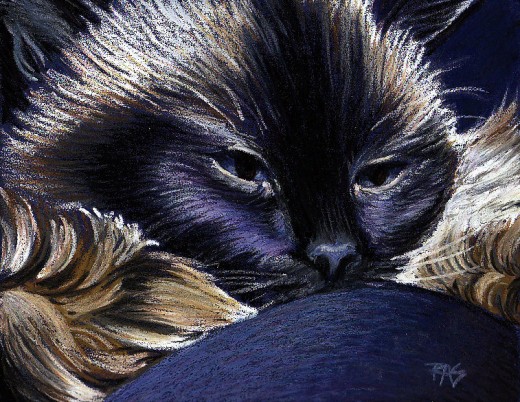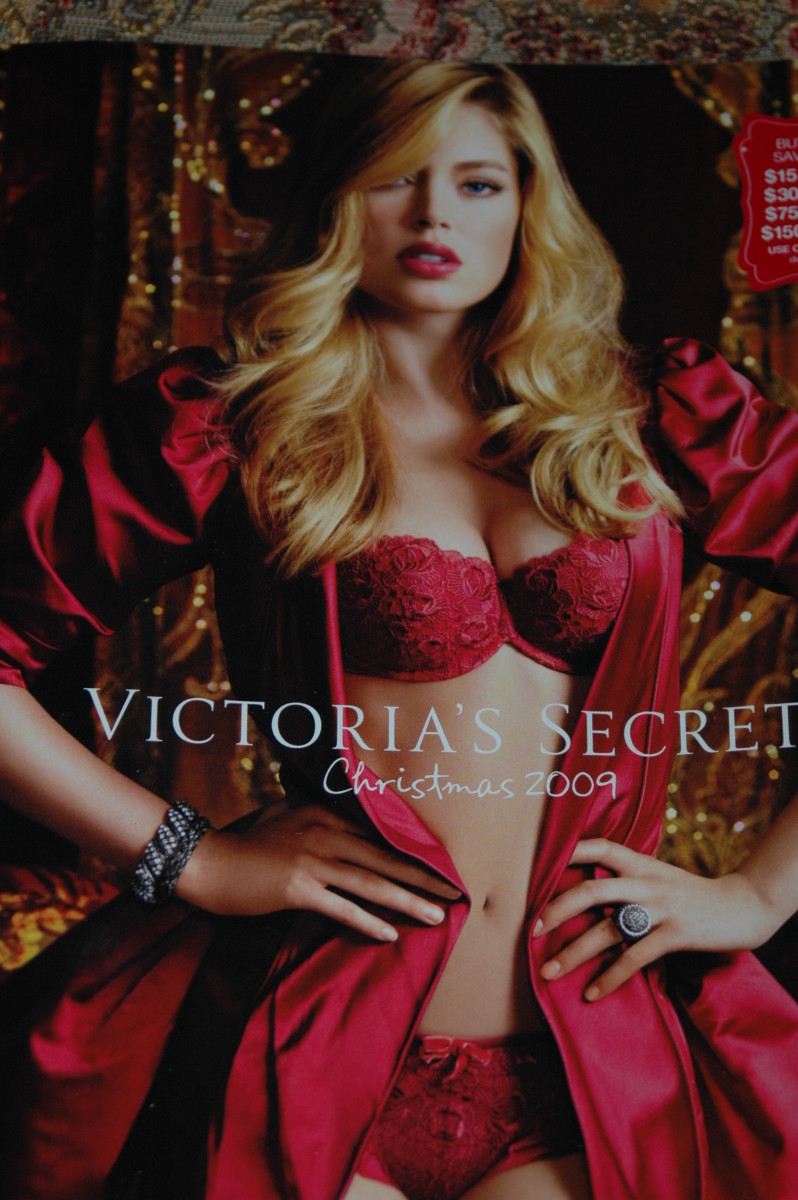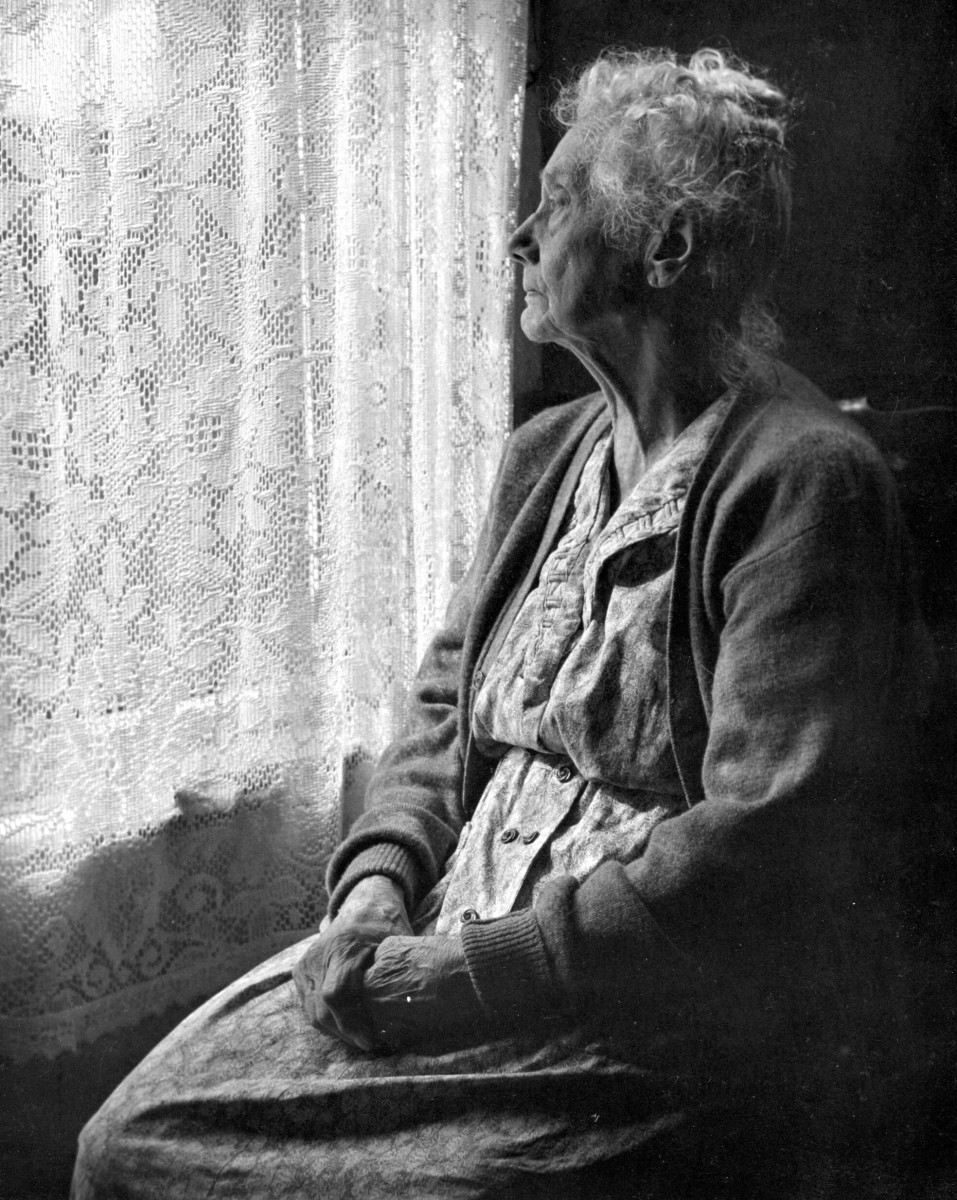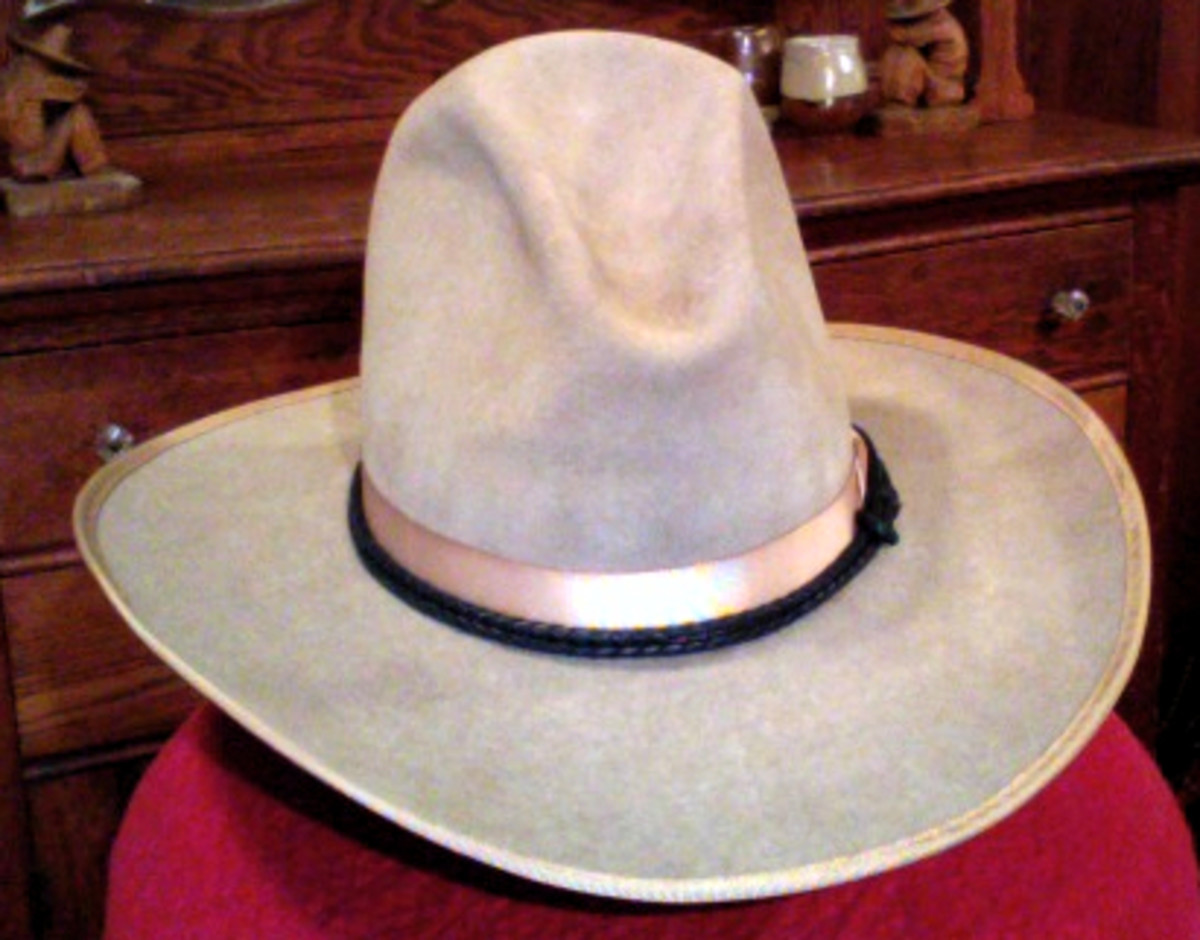How to Use Conflict in Novel Writing
Lovable to us, terrifying to birds!

Conflict is Essential
Without conflict, you have no story because there's no plot. A plot is made up of conflicts and their resolutions which lead to more conflicts, which ultimately lead to the resolution of the biggest conflict, the one that centers everything else and is the most dramatic thing that happens in the book. People read stories about conflicts. Leave it out and you have a dull passage no matter how well written it is.
This isn't to say there aren't happy scenes and happy events in a book. Unmitigated trouble is going to get boring. So will unmitigated unresolved conflicts just building on each other if the characters don't struggle with them. It's equally important to sustain a big story like a novel, that the type of conflicts change and are affected by the resolution of previous conflicts.
There's several categories of conflict.
Man Vs. Nature is one that comes up in literature classes. Survival stories and dealing with trouble that isn't personal but could happen to anyone. These are exciting. They range from trying to survive on a mountaintop when your plane crashed to someone deliberately going out in the desert to find a spiritual experience -- and including the day to day conflicts of finding water, finding shelter, dealing with dehydration and thirst, everything related to a conflict with the environment.
One reason Man Vs. Nature is exciting is that most of the time, most people aren't running into it that often. They're dealing with dull tiresome office politics, personal harassment, minor issues with other people and money troubles. The straightforward conflict of trying to find food in a forest or warmth in a freezing arctic environment is an exciting fantasy. Being warm, safe and happy with a full belly, it's fun to imagine being sensible enough to do much better than that protagonist at identifying what woodland plants are edible, trapping animals and fish for food, building shelter and the like.
Of course, thinking that clearly with cold wet feet on a camping trip when the tent blew over because the pegs weren't in solidly is something else. Man Vs. Nature can also be used in comedy, it's a staple in comedy to throw characters who aren't very skilled at outdoor survival into very nasty situations and keep them from getting killed only by weird luck.
Man Vs. Nature conflicts can be introduced into urban novels even though most of the time, people are well fed and have electricity, heat, air conditioning and easy transportation. Look into the history of the city you use for a setting and see what kind of natural disasters it's had. Is it subject to earthquakes like San Francisco? Hurricanes, like New Orleans and other Gulf cities? No matter where you go on the globe, there are times of year and situations where the weather is overwhelming and massive damage or fatalities happen for reasons that are impersonal and have nothing to do with the character of the people they happen to.
Man Vs. Nature has less personal stress unless it's being used in a context where the weather's under the control of deities or powerful people -- magicians or corporations depending on whether you're doing fantasy or science fiction.
Man Vs. Nature can also combine with Man Vs. Man, which has two levels. A drought can have human origins if a river got diverted by other people for their uses. You can have both the Man Vs. Nature conflict of dealing with the effects of the drought and the Man Vs. Man conflict of dealing with the water laws that caused it and trying to get the dam shut down so the people in the book have water again, or finding some other solution.
Man Vs. Man as a category of conflict has many types of conflict. It's a huge category with too many variations. It can be sibling rivalry or it can be generational warfare of neighboring regions. It can be the grand battle of good and evil or the grand battle of two corporations for who owns a resource-rich area, at the expense of anyone who lives there. Generally the larger the scale, the more likely sympathetic characters will appear on both sides who have valid reasons to jump in on the side they are.
Man Vs. Himself is the third literary category of conflict. Internal conflict is a vital element of a novel. You can focus entirely on the external in a war novel or a nature novel but it is far richer if the characters enduring it go through some personal growth and come to understand more about themselves and the world by way of surviving the blizzard or the tornado or the war zone.
It's possible to theme a book on any of these three types of conflict, make that the main conflict and the others incidental. However, most novel length books will have some elements of all three going on no matter what the main conflict is, the setting or the general type of novel. Romance novels will have exotic settings and sunburned heroines getting fevers from overexposure in them. Mystery novels will have detectives questioning themselves about why they're pursuing a hopeless case or whether they want to even go on dealing with the worst slime of humanity or get a better job, for internal conflicts.
So the best way to create a rich novel is to use some of all three and alternate the types of conflict. If you like outlining, it may help to sort out your plot events by which of these categories they belong in so that they all help to echo and reinforce each other. The more the disparate types of conflict relate to one another, the tighter and more unified the novel is.
How to Pace Conflicts
This comes back to plotting. In the first third of the book, opening conflicts may create the situations that lead by direct causality to the main conflict. Think of that old story about the horseshoe nail -- the shoe was lost, the horse was lost, the knight was lost, the battle was lost, the kingdom was lost all for the want of a horseshoe nail.
This means that any conflicts you put in the first parts of your novel ought to directly lead to resolutions that make more trouble later on and cause the main conflict to happen. Look at what you chose for the main conflict. Now ask "What led up to it?" Branch out from that and jot down all the things that had to happen for that situation to occur.
In my current fantasy novel, the evil magician Vaumuru had decided to try to rival the greatest cannibal sorceror that ever lived by hunting down, killing and eating four other shamans. He'd killed, eaten and enslaved the ghosts of three. He decided to prey on Kovu because he had a good reputation and was powerful. So this is the start of a conflict.
He took the first move in the magical battle by casting a curse of stupidity on the tribe that would only be fulfilled when three different people made critical mistakes and broke taboos.
Each of those three individuals in the first chapter did something against the tribe's taboos that offended spirits. The rest of the book, the main conflict of the book was about appeasing the spirits and defeating Vaumuru's tribe. They went to war using magic and spears. But that war began because Vaumuru moved the first pawns when he cast the curse. I used that opening conflict for the title: Vaumuru's Curse.
None of the rest of the events in the book would have happened if Vaumuru didn't throw that curse. So find the specific conflict that's the start of your main conflict and explore all the steps along the way to the main conflict.
It's okay to keep some conflicts running throughout the whole book unresolved till the end. Vaumuru was after Kovu throughout the entire book. They never made it up and made nice with each other. They fought to the death and beyond. Other conflicts can be resolved immediately as soon as they come up -- provided that resolution pushes the plot of the book forward.
Think about consequences.
Start with a problem, say, a character's computer stops working right. He can choose to buy a new one cheap or get it repaired. Opting for the cheap one because a good sale on them comes up. There's the consequences that he spent the money and has a spare computer that only intermittently works laying around the house.
Thinking like a vicious nasty author who has it in for his characters and wants to make their lives as entertainingly miserable as possible, the worst thing that could happen is that he gets fed up with that broken laptop and chucks it in the dumpster. He thinks he's being clever by walking a few blocks away so that he doesn't get charged the city's fee for removing old electronics, right?
The not completely broken laptop gets found by a scrounging thief and hacker, who's delighted to get it working with some other spare parts and then steal the first character's identity to have a spree on his credit cards while selling the information to someone who sells fake ID to drug dealers. These consequences keep moving down the line and later in the book, the character comes home to find the DEA have seized his house and bank accounts and all of his property, all he has left in the world is the dang laptop he bought to replace the broken one when he spends that night in a homeless shelter.
This is how to build small conflicts into larger ones and pace them well. Even solving the larger one can lead to greater consequences. He has no money, he may have to borrow money in order to get out of the shelter. False accusations could lose him his job. It's very easy to look at Worst Case Scenarios in conflicts and just keep piling trouble on trouble up for the character. Unless a lot of the story happens online, one of the next things to happen is that his new laptop gets stolen in the homeless shelter or broken.
Then he really has nothing and he's afraid even to stay in shelters again, so he goes from Man Vs. Man to Man Vs. Nature trying to sleep in doorways in bad weather, along with, hopefully, some internal conflicts about the dumb decisions he's made along the way that led to his life falling apart at the seams. If he's not having any internal conflicts at this point at all, then he needs to have some of the consequences of his actions brought home to him in more obvious ways. Maybe concerned friends will talk to him about why it happened or someone will give him good advice.
It's good to break the pace though. When something good happens to a character, that has consequences too.
Suppose our now-homeless character winds up meeting the right woman -- really the right woman, someone who is perfect for him, because she happened to wind up homeless for reasons of her own. Not only that, she's pregnant. Let's make her a widow or give her a divorce from an abusive relationship. So this man has lost everything in his life, job, home, identity, all that's left to him is who he is -- and only then meets exactly the woman he would have devoted everything to trying to impress and what really impresses her is that he knows how to make a trashcan fire without blowing things up.
The consequence of that romance of course is that if he has a half grain of character to him, he will now start to protect the woman and her future baby. He will also have to get along with her. Keep them fuzzy happy unquestioning and worshiping each other for a while at least, but the romantic sparks should start flying over their differences as they have very different ways of surviving the situation.
Inherent conflicts are fun too. When you're deciding who Ms. Right is, maybe you can give them different religions. This could be anything from atheist with a believer to Protestant and Catholic, Jewish and Non-Jewish, Jewish and Islamic -- added bonus if they've been historical enemies. Then your lovers are Romeo and Juliet trying to find their way, each of them, to liberal versions of their faith that don't condemn them for who they loved. And they still have to solve all their survival problems on top of it.
Religion is a great source of internal conflict. The difference between morality on the pulpit and morality on an empty stomach is wonderful story fodder no matter which way characters go -- and even the most moral character will have excesses and flaws. A stickler for morality, the strict straight arrow character, will wind up doing stupid things that hurt self or others on the basis of rules and laws that should be bent situationally. That's someone who may get selfrighteous and priggish, or refuse to steal a loaf of bread to save a baby's life.
You have great story in all these types of conflicts. Most of it rests on human error. Keep that in mind. The best novels are full of flawed people. Conflicts get created because the characters each have different flaws and strengths. The hot-tempered girl may not carry grudges, the calm stoic fellow may also when he's finally mad carry it to the grave as a vendetta. Show these contrasts. Show the differences between people. Look at your theme.
Most novels have a strong theme and the main conflict connects with or represents the theme. Sometimes a theme emerges from the pattern of consequences. Other times a theme can be a starting point -- such as stealing and what really happens with stealing, whether shoplifting is really theft, that sort of question.
Look at your premise, your idea from the novel, and explore all the different ways it could go. Look at the times when bad things happen to good people and the times good things happen to bad people. Look at how conflicts emerge on all levels -- survival necessity against nature, survival against other people and internal conflict when a character may have to change his mind about some idea he used to take for granted.
The best way to handle conflict is to pace it and interconnect all of them. The more plot points you have down in your novel, the more conflicts already established, the easier it is to come up with the consequences of the characters' actions and decisions to create new conflicts. Weaving together the causes of all the events in a novel this way, so that everything affects everything else that happens in the book, creates realism that can carry the most extreme premise such as tribal magic really works, or that there's a magic school hidden the UK and wizards routinely walk through walls in a train station to get to their station.
So vary your conflicts by type and connect them to each other. Follow every horseshoe nail and you will never have extraneous sex, extraneous tea and sympathy, extraneous violence or anything else. If you want to put in sex, violence or tea parties, make sure you look over the plot to find the place where only a roll in the hay, a fight or a tea party would make sense and cause the rest of the novel to happen.
In terms of good story, extraneous anything is something that if you left it out, the story would either work better without it or be completely unaffected. Everything that gets mentioned should be in there so that later on there's a little "Aha" at seeing the connection.
#9 for my HubChallenge

Worst Case, Best Case, Larger Than Life
In novels of any genre, it's more exciting to make the conflicts larger than life. It's more fun to write and more fun to read. Raise the stakes.
If the stakes in the real world might be someone losing his job, consider putting in a situation where he could lose his life. If the stakes in the real world could be a broken heart, throw in more weight on it that she could also lose her visitor status in the USA. The tougher a character's situation, the more sympathy this is going to raise in the reader and the less boring it'll be.
It takes a lot more work to make a reader care about whether a 35 year old middle manager gets a promotion than to write about whether that manager's promotion would spell life or death for their kid who needs a heart transplant and put the job at stake. Drama is made up of things that matter and affect a lot of people.
Sympathy can be created in many ways. One is just by heaping so much trouble on a character that anyone would start to wonder if they deserve it. Another is when the character shows character in the face of their troubles, responding with self control, hanging onto their ethics and beliefs, doing the sensible thing instead of the dumb emotional thing, solving it cleverly. That's usually sympathetic.
It's okay to make your bad guys sympathetic. Likable villains who have some good points are more enjoyable reading. They're even nastier if you'd otherwise admire them for something other than say, their eating habits, if you think about Hannibal Lecter.
He's a good example for another type of unplanned conflict. If you introduce a character who's operating on delusions or compulsions, the world can fall apart in an unexpected Man Vs. Man conflict. Someone who's normally polite to people would be "Lucky" on meeting Mr. Lecter because she or he might not set off the compulsion to eat faces. Someone who's usually rude and clearly would be annoying to most people can meet a horrible comeuppance very fast that no one expected at least on the first time it happens. After that, the reader comes to know the villain does things like that and is watching new incidental characters with interest to see if they're going to be rude or respectful.
Even the nicest, most lovable sweet characters will cause conflicts by who they are and how they respond to things. Stop and think about people who are sickeningly sweet and cheery. Someone with a migraine is going to roar at them eventually for all that whistling and smiling. Anything can be aggravating in the right context.
Those little conflicts help to build the big ones. The great pulse of a novel is to follow the horseshoe nail pattern and keep building more trouble on more trouble, raising the stakes at every round till something enormous and unlikely in the real world became plausible and immersive.
Human plausibility is the important thing. Don't let characters act without motives. They don't have to state them but you should know their motives, beliefs and habits. Showing rather than telling is more powerful. Readers will pick up their attitudes fast without their motives being explained, but internal conflicts can show a lot about the motives that would lead someone desperate to try to kill himself or try to kill someone else or try to take some other people with, whether they'd attack strangers at that moment or go right for the people they had the closest ties with.
So in building conflicts, raise the stakes and have everything go wrong at once in the worst possible order. Then most of all test the character of everyone involved. You don't even have to have a sympathetic protagonist, some good novels have extremely annoying main characters who do everything wrong and didn't learn anything in the book. Only the reader learned something about life from the book, they remain oblivious. This is fine if that's what you want to do.
Enjoy it.
Writing conflicts larger than life can make it a lot of fun to worry about your character's survival rather than your own budget and whether you can afford to eat out every day for lunch or have to brown bag it for a week. Writing a novel has all the entertainment value of reading a good one, so throw in every type of conflict you enjoy and load it onto your favorite sorts of characters. The more you like and admire a character, the rougher you should make it on them so that everyone can see how cool they are.
Have fun!



